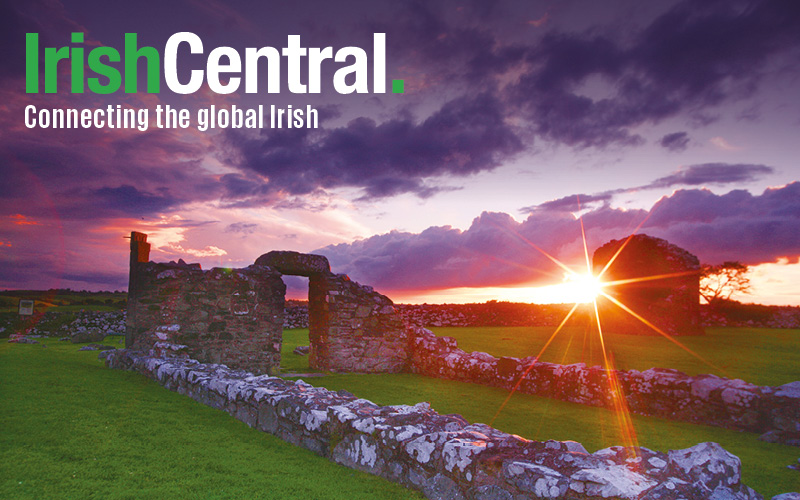Findmypast is working in partnership with IrishCentral to share fascinating insights into your Irish ancestors. Click here to get a special half price subscription, and discover your Irish roots today!
Findmypast have recently added Royal Hibernian Military School admissions 1847-1932 to their site – a great resource for tracing the children of your military ancestors. This fascinating collection includes information about students outside of normal admission details, such as whether they went on to enlist, what trade they were taught, and the name of their fathers’ regiments. There are also names of various pupils captured from the 1911 Irish census.
In 1765, following the Seven Years War, the philanthropic Hibernian Society opened the Hibernian Asylum, and in April 1769, the society petitioned and was granted a charter from King George III to open an establishment in the aid of orphans and children of soldiers. The Royal Hibernian Military School (RHMS), originally called the Hibernian Society of the Orphans and Children of Soldiers, located in Phoenix Park, Dublin, opened its doors in 1769 with 90 boys and 50 girls in attendance.
RHMS students fell into four different categories:
• Orphan
• Deceased father
• Deceased mother
• Both parents living (father possibly on foreign service)
By 1816, their numbers had soared to 600 students, due in large part to the casualties sustained during the Napoleonic Wars, and by 1922 the campus had expanded from three acres to thirty-three. The school remained coeducational up until 1853 when the female students left for enrollment in their own establishment, the Drummond School, located in the village of Chapelizod.
In the mid-nineteenth century, children as young as 12 could enlist in the Army but generally enlistment began at the age of fourteen for those who so desired it. The percentage of those who enlisted straight from school fluctuated over the years. Between 1800 and 1850 around seven percent enlisted. That number increased dramatically to fifty percent between 1850 and 1897.
Talks about moving the school to Northern Ireland began in 1921. However, the cost was prohibitive and so the school was moved to Shorncliffe, Kent, in 1922. Having decided not to take on any new students, RHMS merged with the Duke of York’s Royal Military School in 1924.
Many of the school’s records, which were stored in London, were destroyed during the London blitz in 1940. Surviving admissions registers are now in The National Archives and have been transcribed by for Findmypast Peter Goble.
Lost Boys
Between 1832 and 1918, there were over three hundred boys rejected for admission. There were several reasons a child could be rejected, which were often included by the applicant’s name in the register. Some reasons for rejection include being mentally deficient, medically unfit, or failing to meet the required level of education. Note that some were registered for admission but failed to actually appear. There are records available for rejected applicants between 1840 and 1918. These applicants are often referred to as the “lost boys” of RHMS. The fate of these lost boys is unknown. The excessive poverty throughout the British Isles in the nineteenth century was pervasive and rejection from RHMS would have been a burden for any of the child’s surviving family.
For more stories on tracing your Irish heritage from Findmypast click here.




Comments